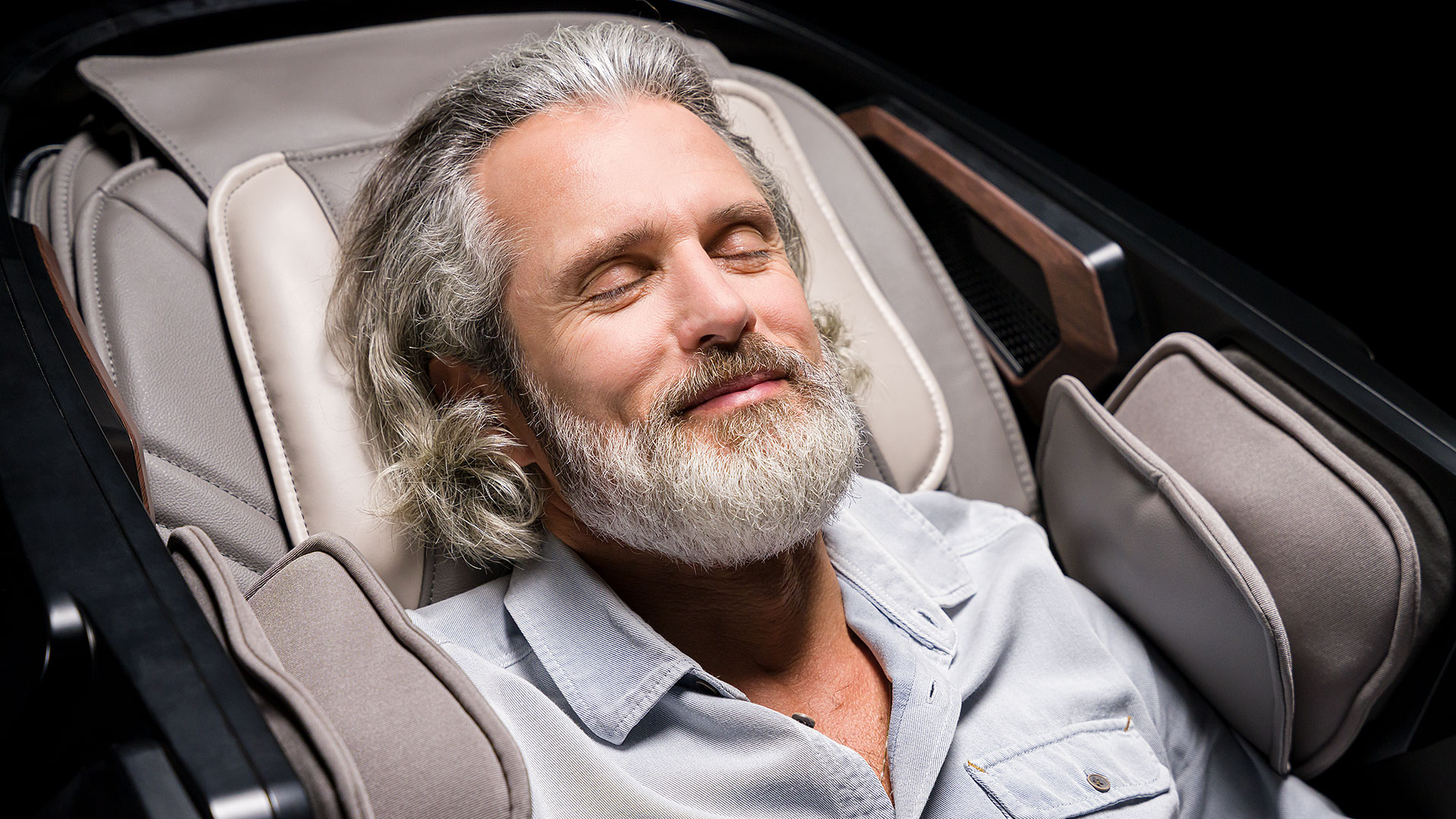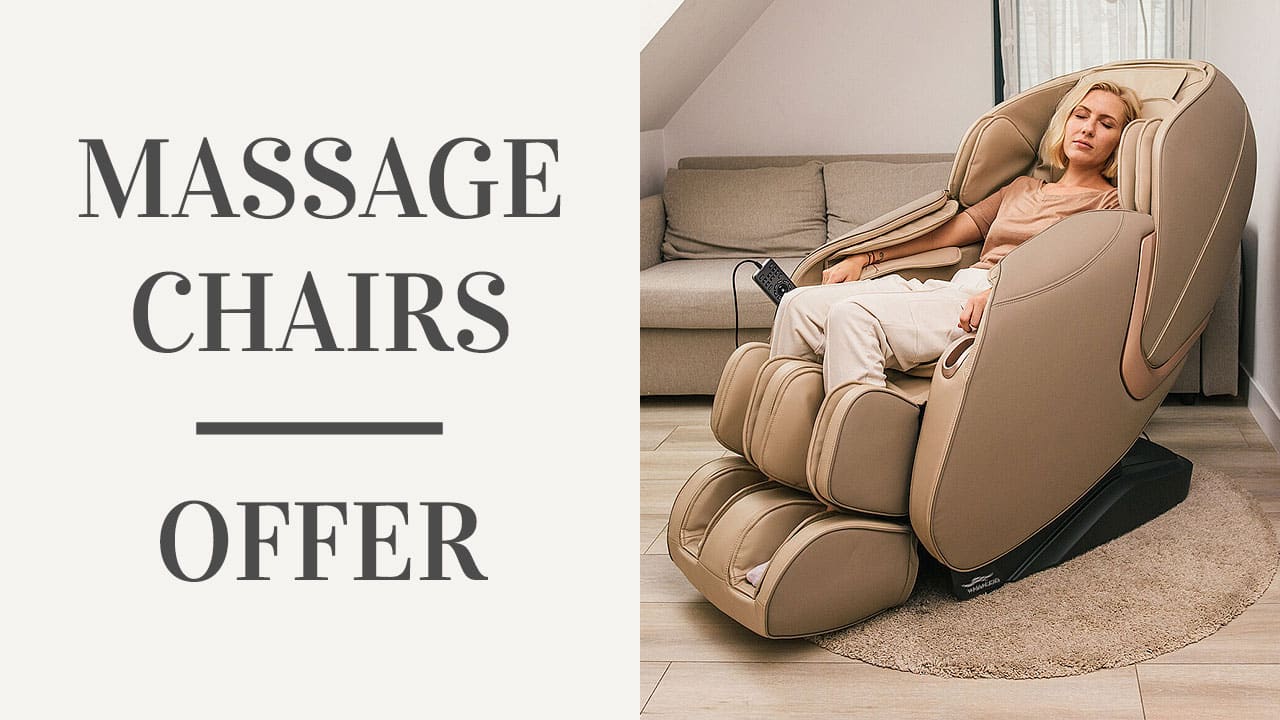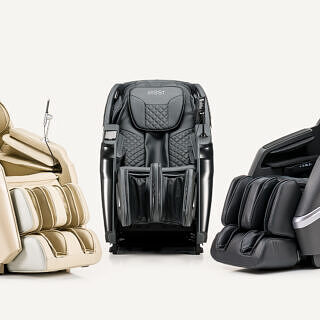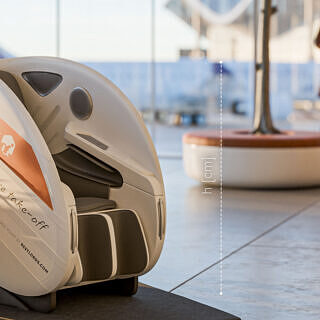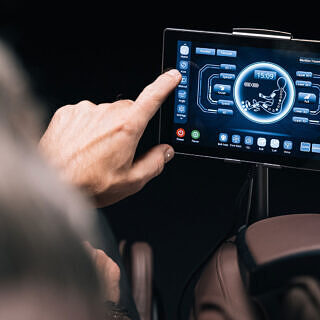Although probably still an unfamiliar concept to some, mindfulness is being featured more and more in the media and available publications. An increasing number of people are using and appreciating the benefits of mindfulness training. In the following article, we discuss what mindfulness is, how to practise it and what it has to do with massage chairs after all.
Table of Contents
WHAT IS MINDFULNESS?
The word “mindfulness” is the English translation of the word “sati”, which comes from the now-dead Pali language once spoken in the Indian Peninsula. The term sati is also found in certain Buddhist traditions, which serve as the basis for mindfulness training. In Polish, mindfulness is translated as complete mental awareness, but attentiveness is by far the most commonly encountered term.
The author of the world’s best-known definition of mindfulness is Jon Kabat-Zinn, who first described the effects of mindfulness training in his work with people. He also established the Centre for Mindfulness in Medicine, Health Care and Society at the Department of Medicine, University of Massachusetts.
Mindfulness means a particular state of awareness that stems from intentionally and non-judgmentally directing one’s attention to the present moment, to what one is experiencing right now.
It is extremely important to realise that mindfulness is not something that can be obtained. It should come from within us, from our own thoughts, feelings and sensations, in addition to focusing on and drawing from the outside, from other people, the environment and nature. Mindfulness-oriented meditation should be a fixed feature in everyday life. Through it, we become more aware of what we encounter in life. We learn to cope with stress, pain and illness, with everything that happens to us. We bring harmony and balance back into our lives and our surroundings.
THE BENEFITS OF PRACTISING MINDFULNESS
Practising mindfulness on a regular basis involves numerous benefits noticeable in everyday life. Some of the key gains from practising mindfulness include:
- ability to cope with stress,
- ability to control emotions,
- increased self-esteem,
- greater empathy and respect in relationships with other people,
- ability to deal with pain,
- improved memory, concentration and mental performance.
MINDFULNESS TRAINING PROGRAMMES
There are two programmes based on mindfulness training that are most commonly used. The first is Mindfulness- Based Stress Reduction (MBSR).
The core of the MBSR programme is an intensive, secular, scientifically validated training in mindfulness meditation. The aim is to take better, more mindful care of oneself and to live a healthier life. People who have participated in the programme notice increased energy, the ability to relax, reduced pain levels and the ability to cope with stressful situations. MBSR is therefore ideal for people who struggle with stress at work or school, experience anxiety disorders, get ill frequently or want to improve their health and wellbeing.
The other programme is Mindfulness- Based Cognitive Therapy (MBCT).
This is an extension of the MBSR programme incorporating elements of cognitive therapy. MBCT has shown greater efficiency for people struggling with depression. Its regular use is even considered an effective method of relapse prevention. The aim of MBCT is to reframe the typical states of mind associated with depression and develop new ways of coping with certain situations. Participants in the programme gain knowledge about depression, learn to recognise moments when their mood is lowered and ways to cope with such a situation.
HOW TO PRACTISE MINDFULNESS?
To enjoy all the benefits of mindfulness, you need to practise it systematically. You can find plenty of exercises online, but some of the most popular ones include:
- Focusing on the breath – Focusing on the breath – the exercise involves carefully observing your breathing. We start breathing slowly. We count to 6 on the inhale and let the air out slowly. The most important thing is to observe the movement of the air, how it enters and leaves the body, releasing tension. You can increase the duration of the exercise over time.
- Careful observation – we choose an object from our surroundings, it could be a flower, a cloud, an insect, a bird, and focus our attention on it. We watch, observe, catch the tiniest details.
- Full presence in everyday activities – we direct our attention to everyday activities that we don’t perceive as enjoyable. Hanging the laundry, washing the dishes, vacuuming or sweeping – we wish they were over as quickly as possible. By practising mindfulness, we concentrate on every detail of the task at hand. We notice the muscles that are working, their tension, watch every movement and enjoy the progress of the chore.
MINDFULNESS AND MASSAGE CHAIRS
A number of similarities can be found between mindfulness training and massage in massage chairs. Although they employ different methods, they achieve the same effect. Relief of tension, calming down, relaxation and helping to cope with stress. Massage in a massage chair can serve as an excellent supplement to mindfulness exercises, or even facilitate them. In fact, you can practice mindfulness by massaging yourself in a massage chair. Concentrating your attention on the action of the massage chair, watching the airbags relax your muscles in a pulsating motion or the rollers that massage your feet, will work perfectly. You can focus on the movement of the massaging arms, their slow movement along the back, the way they massage the back, the muscles they touch. In mindfulness training, you can also pay attention to how individual muscles react to the massage, how their tension changes, how they warm up and relax.
As you see, mindfulness offers many benefits. In today’s fast-paced world, full of stress and anxiety, it can bring solace and help you cope with the hardships of everyday life. We do hope we have sparked your interest in the topic and encourage you to deepen your knowledge on your own. And if you are thinking of combining mindfulness training with massage chairs, feel free to call us or write us an email.
Sources:
